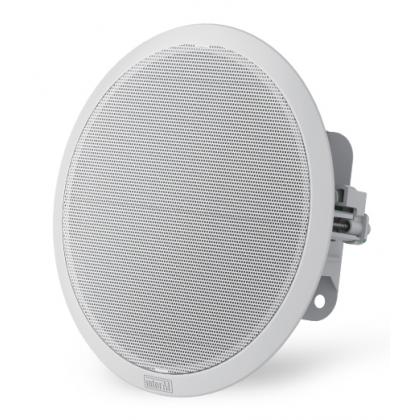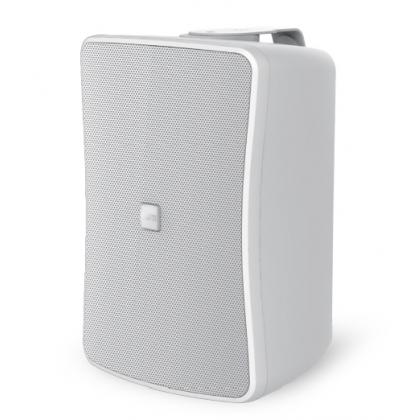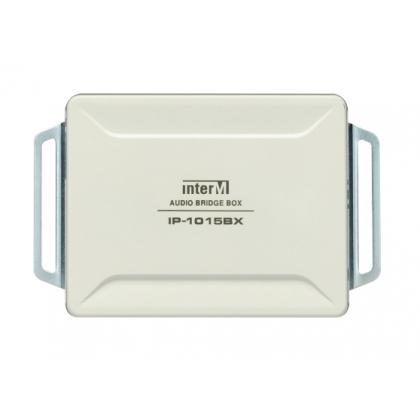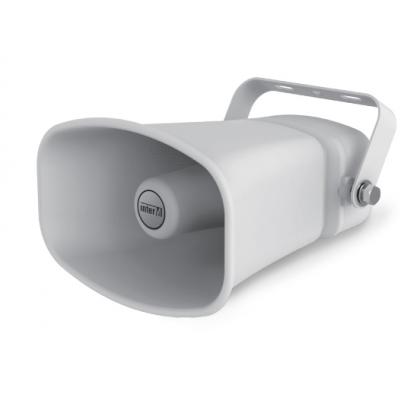IP Audio in security
CIE's Pete George discusses how commercial audio systems have evolved and how they can be used as part of a security system.
Back in the era of analogue Public Address / Background Music and CCTV / surveillance technologies, these two systems would be individually distinct and separately installed by specific audio and security specialists.
Now that these and many other building utilities are converging into smart building environments through the use of IP connectivity, the installation and management of a buildings audio and security systems are increasingly conducted by a single installation company.
How has the commercial audio system evolved?
A conventional analogue audio system (for background music or public address for example) requires its own distinct cable infrastructure throughout the building, to distribute signals from the amplification rack to the loudspeakers throughout the building. And with an average PA system frequently running into loudspeaker quantities in their hundred, the requirement for audio cable will often be measured in kms!
So the emergence of ‘network audio’ and ‘IP speakers’ – which can use a buildings existing network ethernet cable infrastructure can offer significant cost, time and logistical savings to an installation.
What is an analogue audio system?
In commercial audio analogue speakers are usually referred to as 70v/100v line low impedance or high impedance speaker systems. A 70v/100v line system distributes analogue audio signal to a chain of passive (non-powered) loudspeakers.
What is an IP audio system?
An IP audio / network audio system is very different to analogue. Instead of loudspeakers using the daisy chain wire method, each speaker has its own in-built advanced audio system. Having its own advanced amplification and signal management system in each speaker means you can control and monitor a digital audio signal over an Ethernet network. IP speakers also have inbuilt advanced signal processing this produces high-quality sound. IP speakers are powered using Power-over-Ethernet (PoE) meaning the speakers audio, control and power are all sent over the same Ethernet connection.
How do IP audio speakers work?
Each individual speaker has a digital signal processor this tunes the signal by using an advanced equalisation, filtering and compression. This ensures the highest quality in sound. As network speakers do not need the traditional cables, audio data can therefore be far away and not lose any sound quality in its delivery to the speaker.
What are the benefits of IP audio?
- Cost effective
- Fast and easy to install
- Easy to add and manage multiple zones/speakers
- Reduces the amount of cabling needed
- Uses existing Ethernet cable infrastructure
- Long distance local and wide area network infrastructure
What benefits are there from adding audio to a security surveillance system?
Adding audio to security surveillance helps to improve the prevention of crime and provide added confidence to customers or general public in vulnerable locations. For example – a speaker connected to an surveillance system can be set up to automatically trigger and play an audio message or allow an operator to remotely address an intruder. Once a message is triggered, an operator can review the scene and communicate via live messaging e.g. warning an intruder to leave the area. A spoken message (particularly a live message) is more effective at deterring criminals than a traditional siren noise.
How can IP audio systems be used in security?
Using an IP audio system allows for communication to take place at the right time, in the right place and with the sound quality needed to keep people safe and secure. Here are some examples where audio solutions can contribute to security:
- Audio can be used alongside curveillance camera systems to help prevent crime; the camera can prompt an automated audio message either sending a warning to the intruder, or alert a security guard to give a live warning directly to the intruder using the audio system. This type of warning is usually enough to prevent the need for additional security measures.
- Audio announcement in case of emergency situations - if a major incident occurs, having an audio system ensures that important messages are delivered as clearly as is necessary in an emergency situation.
Want help with your next IP audio system?CIE is one of the UK's leading and most innovative professional AV distributors and are widely accepted as the experts in both network audio and conventional analogue commercial sound system design & supply. Our professional system design team provide a unique AV system architecture service for installers and integrators to help you deliver the best in public address, background music and professional AV systems. If you would like to discuss your next AV or security system or would like more information on the latest audio products, please call our team today on T. 0115 9770075 or email [email protected].
|

.jpg)












